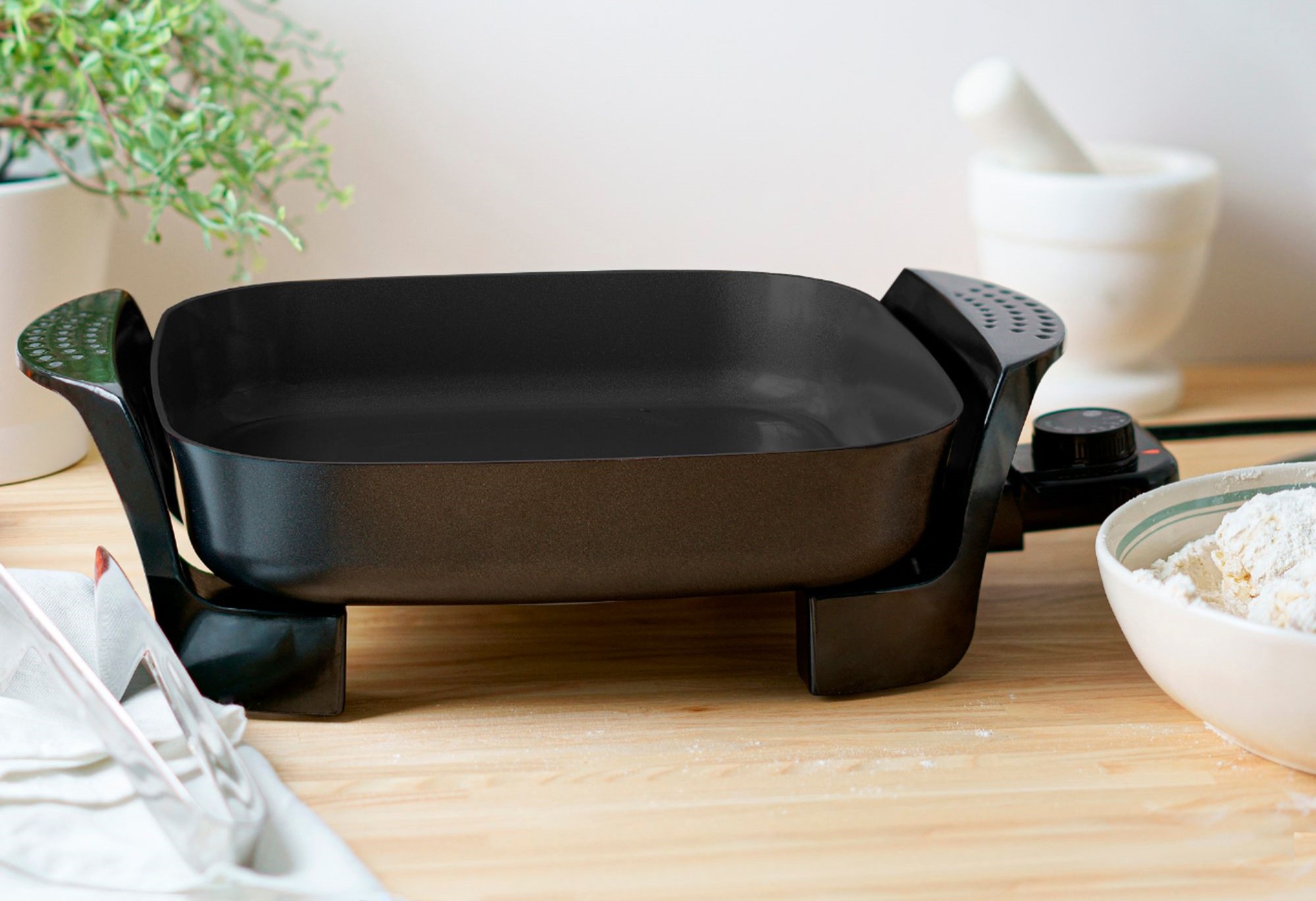

Articles
How To Season A Non Stick Electric Skillet
Modified: March 25, 2024
Learn how to season a non-stick electric skillet with our informative articles. Follow our step-by-step guide for optimal cooking and extended lifespan of your skillet.
(Many of the links in this article redirect to a specific reviewed product. Your purchase of these products through affiliate links helps to generate commission for Storables.com, at no extra cost. Learn more)
Introduction
A non-stick electric skillet is a versatile and convenient kitchen tool that allows you to cook a variety of dishes with ease. Whether you’re frying, sautéing, or simmering, the non-stick surface ensures that your food won’t stick to the pan, making cooking and cleaning a breeze.
However, over time, the non-stick coating on the skillet can wear off, leading to food sticking to the surface. This not only affects the quality of your cooking but also makes it difficult to clean the skillet. That’s where seasoning comes in.
Seasoning a non-stick electric skillet is the process of applying a thin layer of oil to the surface, creating a barrier between the food and the pan. This not only prevents food from sticking but also helps to extend the lifespan of the non-stick coating.
In this article, we will discuss the importance of seasoning a non-stick electric skillet, how to prepare the skillet for seasoning, the process of seasoning, and how to clean and maintain a seasoned skillet. So, let’s delve into the details and learn how to season a non-stick electric skillet like a pro.
Key Takeaways:
- Seasoning your non-stick electric skillet is essential for preventing food from sticking, enhancing cooking performance, and promoting healthier cooking with minimal oil usage. Proper maintenance ensures long-lasting non-stick properties and hassle-free cooking experiences.
- To season your skillet, choose the right oil, apply a thin, even layer, heat until the oil smokes, and wipe off excess oil. Hand-wash, avoid metal utensils, and store properly to maintain the non-stick surface and extend the skillet’s lifespan.
What is a non stick electric skillet?
A non-stick electric skillet is a kitchen appliance that combines the functionalities of a frying pan and an electric heating element. It features a non-stick coating on the cooking surface, which prevents food from sticking and makes it easier to cook and clean.
Unlike traditional stovetop skillets, which require a separate heat source, non-stick electric skillets have a built-in electric heating element. This allows you to set the desired cooking temperature and maintain consistent heat throughout the cooking process.
Non-stick electric skillets often come with a removable power cord, making them portable and easy to transport. They also typically have a high side wall, which allows for greater cooking capacity and makes it ideal for cooking larger quantities of food, such as stir-fries, stews, and even pancakes.
These versatile appliances come in various sizes, ranging from compact models for individual use to larger ones for family meals or gatherings. Some non-stick electric skillets also come with additional features like adjustable temperature control, steaming capabilities, and even a glass lid for easy monitoring of cooking progress.
The non-stick coating on the surface of the electric skillet is typically made from materials like Teflon or ceramic. This coating helps to prevent food from sticking, making it easier to flip, toss, and remove food from the skillet. It also requires less oil or fat for cooking, making it a healthier alternative to traditional frying pans.
Overall, non-stick electric skillets are a convenient and practical cooking tool for any kitchen. They offer the flexibility to cook a wide range of dishes, provide even heat distribution, and make cleanup a breeze. So, if you’re looking to simplify your cooking process and enjoy non-stick cooking with minimal effort, a non-stick electric skillet is a great addition to your kitchen arsenal.
Why is seasoning important?
Seasoning a non-stick electric skillet is a crucial step in maintaining its performance and prolonging its lifespan. Here are several reasons why seasoning is important:
- Preventing food from sticking: The primary purpose of seasoning is to create a smooth and protective layer on the cooking surface of the skillet. This layer acts as a barrier between the food and the pan, preventing food from sticking and ensuring even cooking.
- Enhancing the non-stick properties: Over time, the non-stick coating on the skillet can wear off due to regular use and cleaning. Seasoning helps to replenish and reinforce the non-stick properties, allowing you to continue enjoying hassle-free cooking with minimal sticking.
- Improving cooking performance: Seasoning creates a more even cooking surface, ensuring that heat is distributed evenly across the skillet. This helps to prevent hot spots and promotes consistent results when cooking different types of food.
- Increasing durability: A properly seasoned non-stick electric skillet is more resistant to scratches and wear, extending its lifespan. Seasoning forms a protective layer that helps to reduce the chances of damage to the non-stick coating caused by utensils or abrasive cleaning methods.
- Easier cleanup: When the skillet is adequately seasoned, it becomes much easier to clean. The non-stick layer prevents food residues from sticking to the surface, allowing you to effortlessly wipe off any leftover food with a sponge or cloth.
- Healthy cooking: Seasoning a non-stick electric skillet reduces the need for excessive oil or fat when cooking. The non-stick surface allows for minimal oil usage, promoting healthier eating habits without compromising the taste and flavor of your dishes.
By taking the time to season your non-stick electric skillet, you can ensure that it performs optimally, prolong its lifespan, and enjoy hassle-free cooking with excellent results. Now that we understand the importance of seasoning let’s move on to the next step – preparing the skillet for seasoning!
Preparing the skillet for seasoning
Before you can season your non-stick electric skillet, it’s essential to properly prepare the surface to ensure that the seasoning process is effective. Here are the steps to prepare your skillet for seasoning:
- Read the manufacturer’s instructions: Start by reviewing the manufacturer’s instructions for your specific skillet model. This will provide you with any specific guidelines or recommendations for seasoning the skillet.
- Wash the skillet: Thoroughly wash the skillet with warm water and mild dish soap. Use a soft sponge or cloth to remove any dirt, debris, or residues from previous use. Rinse the skillet thoroughly to ensure that all traces of soap are removed.
- Dry the skillet: Use a clean towel or paper towels to thoroughly dry the skillet. Ensure that there is no residual moisture on the surface, as it can hinder the seasoning process.
- Inspect the surface: Carefully inspect the non-stick coating for any signs of damage or wear. If you notice any scratches, chips, or flaking, it’s essential to address those issues before proceeding with seasoning.
- Repair any damage: If there are any minor scratches or imperfections in the non-stick coating, you can try using a non-stick repair spray or a touch-up kit recommended by the manufacturer. Follow the instructions provided to fix and restore the coating.
- Avoid abrasive cleaners: In order to maintain the integrity of the non-stick surface, it’s important to avoid using abrasive cleaners, scouring pads, or harsh chemicals that can scratch or damage the coating. Stick to mild dish soap and soft sponges for regular cleaning.
- Remove stubborn residues: If there are stubborn residues or stains that cannot be removed with regular cleaning, you can try using a mixture of baking soda and water to create a paste. Apply the paste to the affected area and gently scrub with a non-abrasive sponge.
Once you have completed all the necessary preparation steps, your non-stick electric skillet is now ready to be seasoned. In the next section, we will discuss the process of seasoning your skillet to ensure optimal performance and longevity.
To season a non-stick electric skillet, start by washing it with warm, soapy water and drying it thoroughly. Then, apply a thin layer of vegetable oil to the cooking surface and heat the skillet on low for 10-15 minutes. Let it cool, then wipe off any excess oil. Repeat this process a few times to build up a non-stick coating.
Seasoning the non-stick electric skillet
Seasoning a non-stick electric skillet involves applying a thin layer of oil to the cooking surface and heating it to create a protective barrier. Here’s a step-by-step guide on how to season your skillet:
- Choose the right oil: Select a high smoke point oil for seasoning, such as vegetable oil, canola oil, or grapeseed oil. These oils are less likely to burn and produce smoke when exposed to high heat.
- Apply a thin layer of oil: Pour a small amount of oil onto a paper towel or soft cloth. Gently rub the oil all over the cooking surface, ensuring that it is evenly coated. Avoid using too much oil, as it can lead to a sticky residue.
- Preheat the skillet: Place the skillet on the electric heating element and turn it on to a medium-low heat setting. Allow the skillet to heat for a few minutes, allowing the oil to spread and create a thin layer on the surface.
- Heat until the oil begins to smoke: Monitor the skillet closely as it heats up. Once you start to see wisps of smoke rising from the surface, it indicates that the oil has reached the desired temperature for seasoning.
- Cool and wipe off excess oil: Turn off the heat and allow the skillet to cool completely. Once cooled, use a clean paper towel or cloth to wipe off any excess oil from the surface. Be careful, as the skillet may still be hot.
By following these steps, you have successfully seasoned your non-stick electric skillet. The thin layer of oil on the surface will help to create a non-stick barrier and enhance the cooking performance of the skillet.
It’s important to note that you may need to repeat the seasoning process periodically, depending on how often you use the skillet. Over time, the oil layer may wear off, and re-seasoning will help to maintain the non-stick properties and prolong the lifespan of the skillet.
In the next section, we will discuss how to clean and maintain a seasoned non-stick electric skillet to ensure its longevity and optimal performance.
Cleaning and maintaining a seasoned non-stick electric skillet
Proper cleaning and maintenance of your seasoned non-stick electric skillet are essential to preserve its non-stick properties and extend its lifespan. Here are some tips to keep your skillet in top condition:
- Cool the skillet: Allow the skillet to cool down completely before cleaning. This will prevent any potential damage to the non-stick coating and ensure safe handling.
- Hand-wash only: Non-stick electric skillets are not dishwasher safe. Always wash your skillet by hand with warm water, mild dish soap, and a soft sponge or cloth. Avoid using abrasive cleaners or scouring pads, as they can scratch the non-stick surface.
- Remove stuck-on food: If there are any stubborn food residues, fill the skillet with warm water and let it soak for a few minutes. This will loosen the stuck-on food, making it easier to remove with a sponge or non-abrasive brush.
- Avoid metal utensils: When cooking with your non-stick electric skillet, use non-metal utensils like wooden or silicone spatulas. Metal utensils can scratch or damage the non-stick coating, reducing its effectiveness.
- Avoid high heat: While non-stick electric skillets can handle high heat, it’s best to use a medium heat setting for most cooking tasks. Using excessively high heat can cause the non-stick coating to deteriorate over time.
- Avoid stacking: To prevent scratches and damage to the non-stick surface, avoid stacking other pots, pans, or utensils on top of your skillet when storing it. Place a protective liner or cloth between skillets if you need to stack them.
- Store properly: Allow the skillet to dry completely before storing it. Ensure that there is no moisture trapped between the skillet and its lid to prevent any potential rust or damage.
- Re-season when necessary: Over time, the seasoning on your non-stick electric skillet may wear off. If you notice food starting to stick or the non-stick properties diminishing, it’s time to re-season the skillet to restore its performance.
By following these cleaning and maintenance practices, you can keep your seasoned non-stick electric skillet in great condition for years to come. Regular upkeep will ensure that it continues to provide excellent cooking results and a non-stick surface that makes cooking and cleaning a breeze.
Now that you know how to clean and maintain your skillet let us conclude this article.
Conclusion
Seasoning a non-stick electric skillet is a simple yet important step in maintaining its performance and prolonging its lifespan. By creating a protective barrier on the cooking surface, seasoning helps to prevent food from sticking, enhances the non-stick properties, and improves overall cooking performance.
To ensure successful seasoning, it’s crucial to properly prepare the skillet by cleaning it thoroughly and inspecting for any damage. Choosing the right oil and applying a thin, even layer is key to achieving optimal results. Heating the skillet until the oil smokes and allowing it to cool before wiping off any excess oil completes the seasoning process.
Cleaning and maintaining a seasoned non-stick electric skillet is equally essential. Hand-washing with mild dish soap and a soft sponge, avoiding abrasive cleaners and metal utensils, and storing it properly will preserve the non-stick surface and extend its longevity.
Remember to periodically re-season your skillet to maintain its non-stick properties and address any wear that may occur over time. With proper care and maintenance, your non-stick electric skillet will continue to provide you with enjoyable and hassle-free cooking experiences for years to come.
So, take the time to season and care for your non-stick electric skillet, and you’ll reap the benefits of its non-stick surface, easy cleaning, and long-lasting performance in your kitchen. Happy cooking!
Frequently Asked Questions about How To Season A Non Stick Electric Skillet
Was this page helpful?
At Storables.com, we guarantee accurate and reliable information. Our content, validated by Expert Board Contributors, is crafted following stringent Editorial Policies. We're committed to providing you with well-researched, expert-backed insights for all your informational needs.
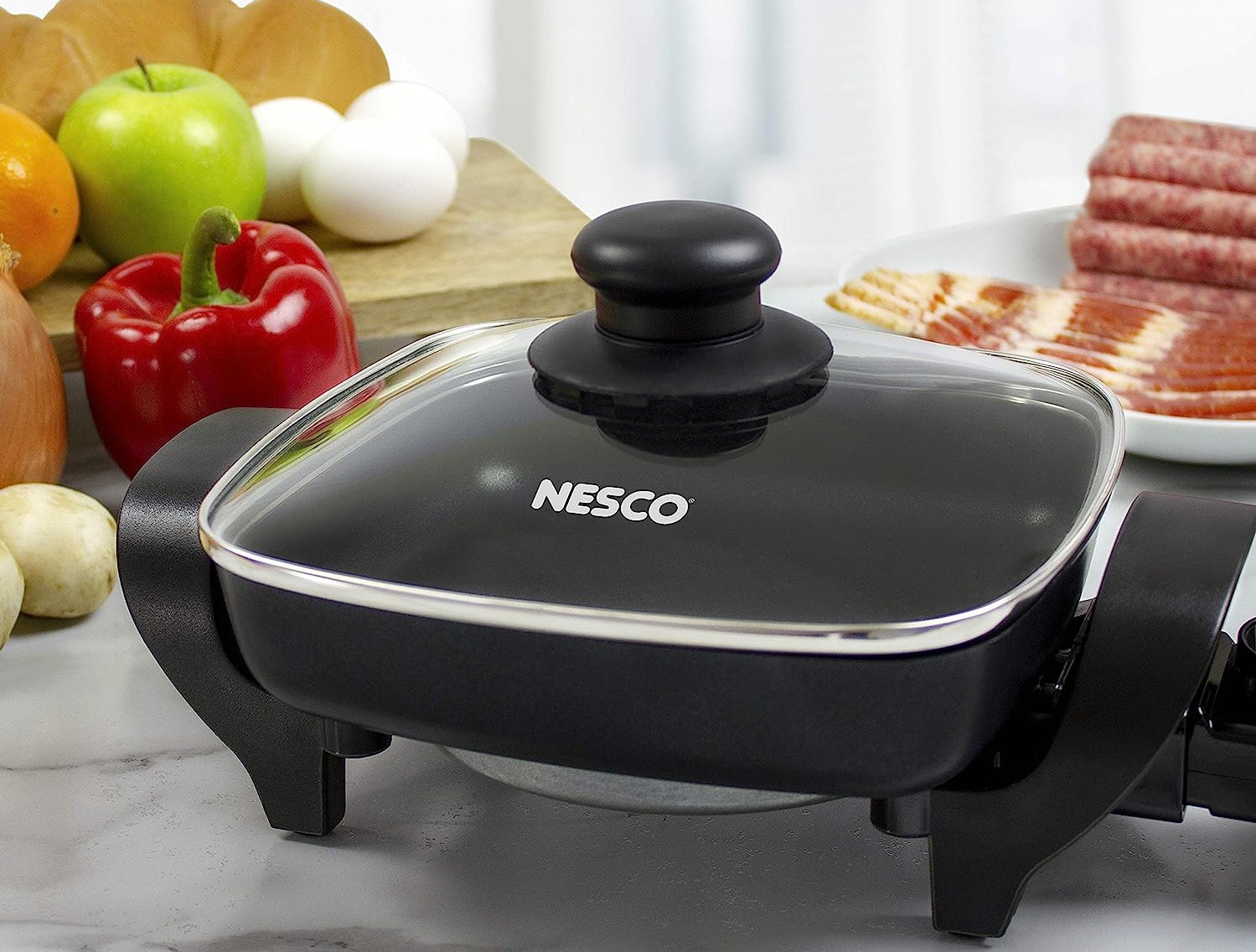
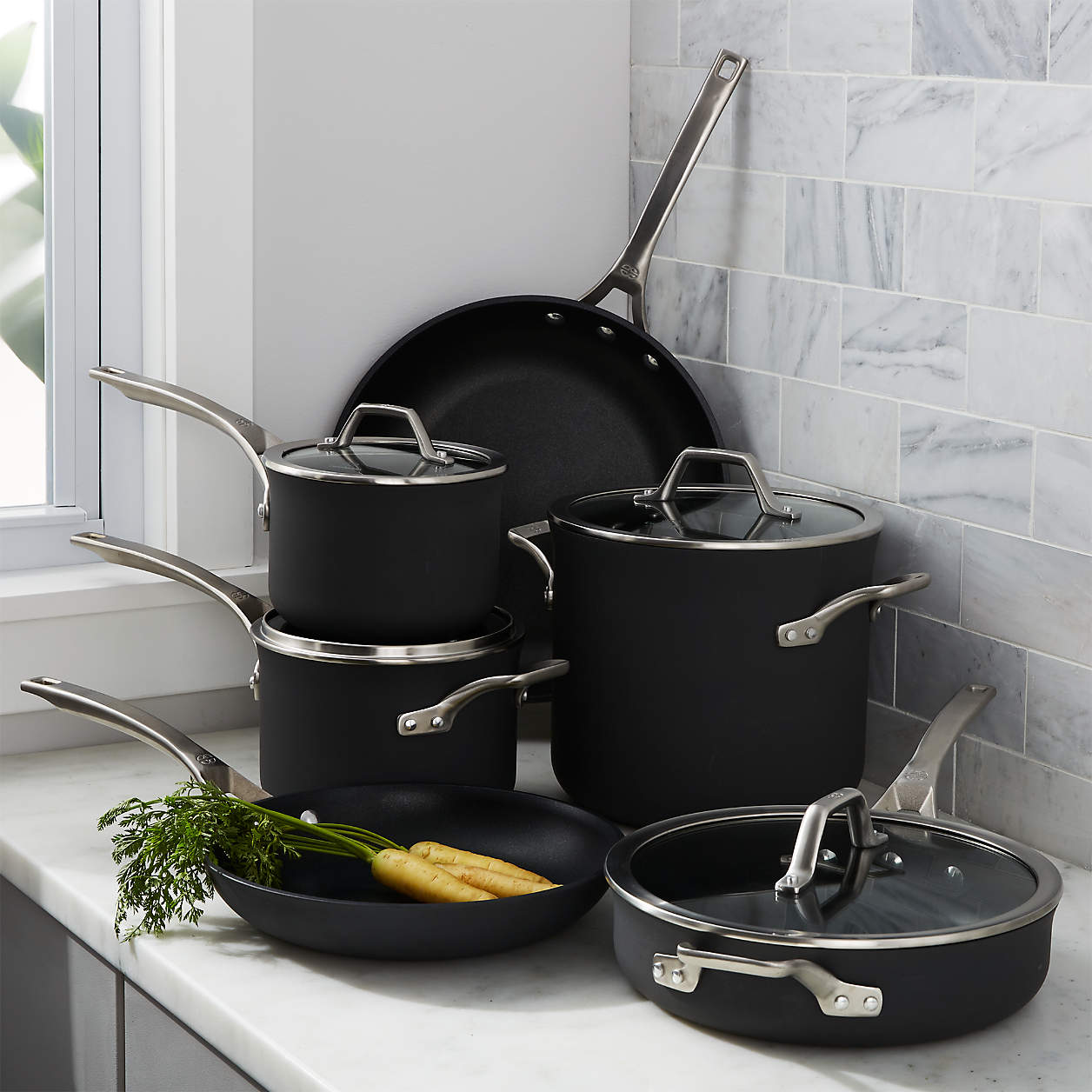
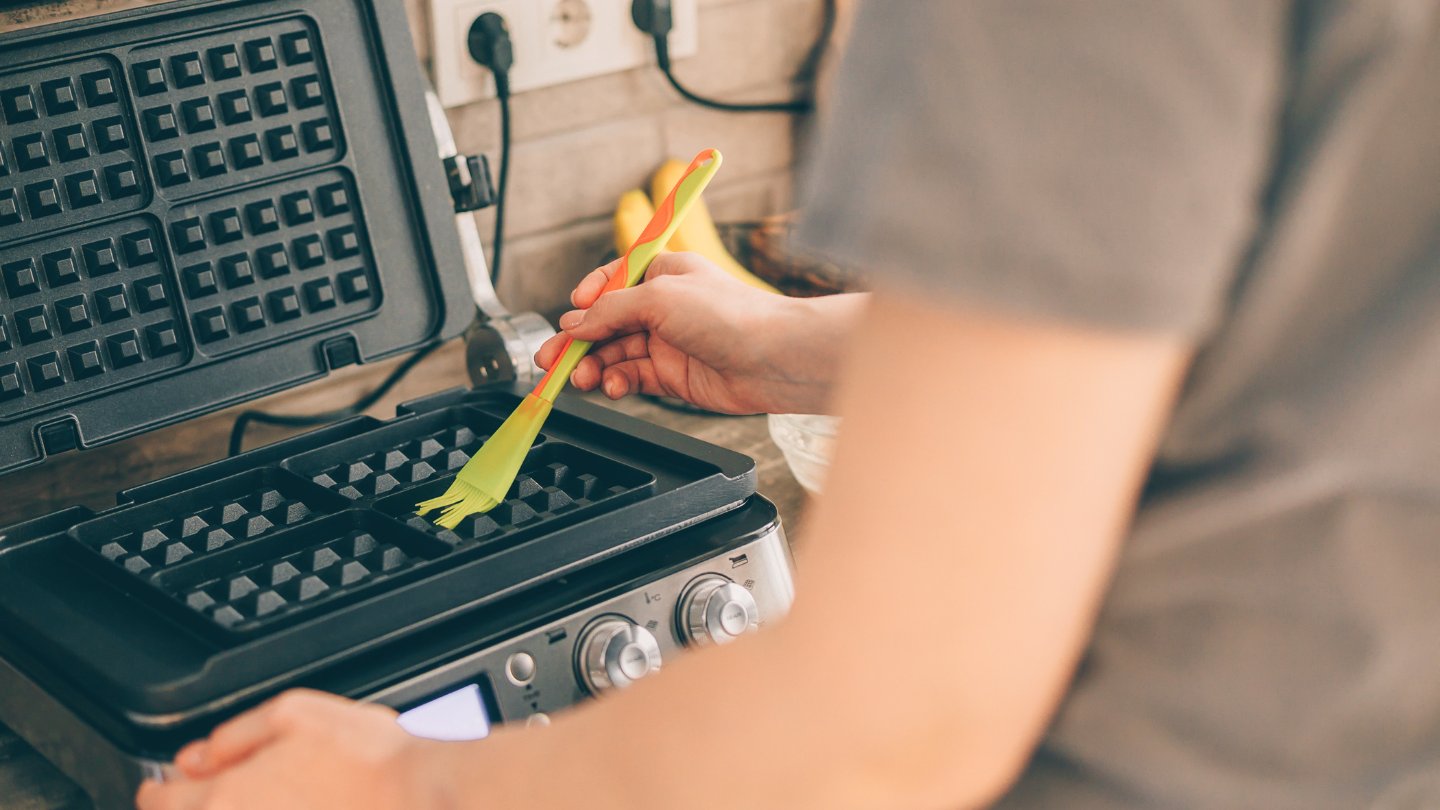
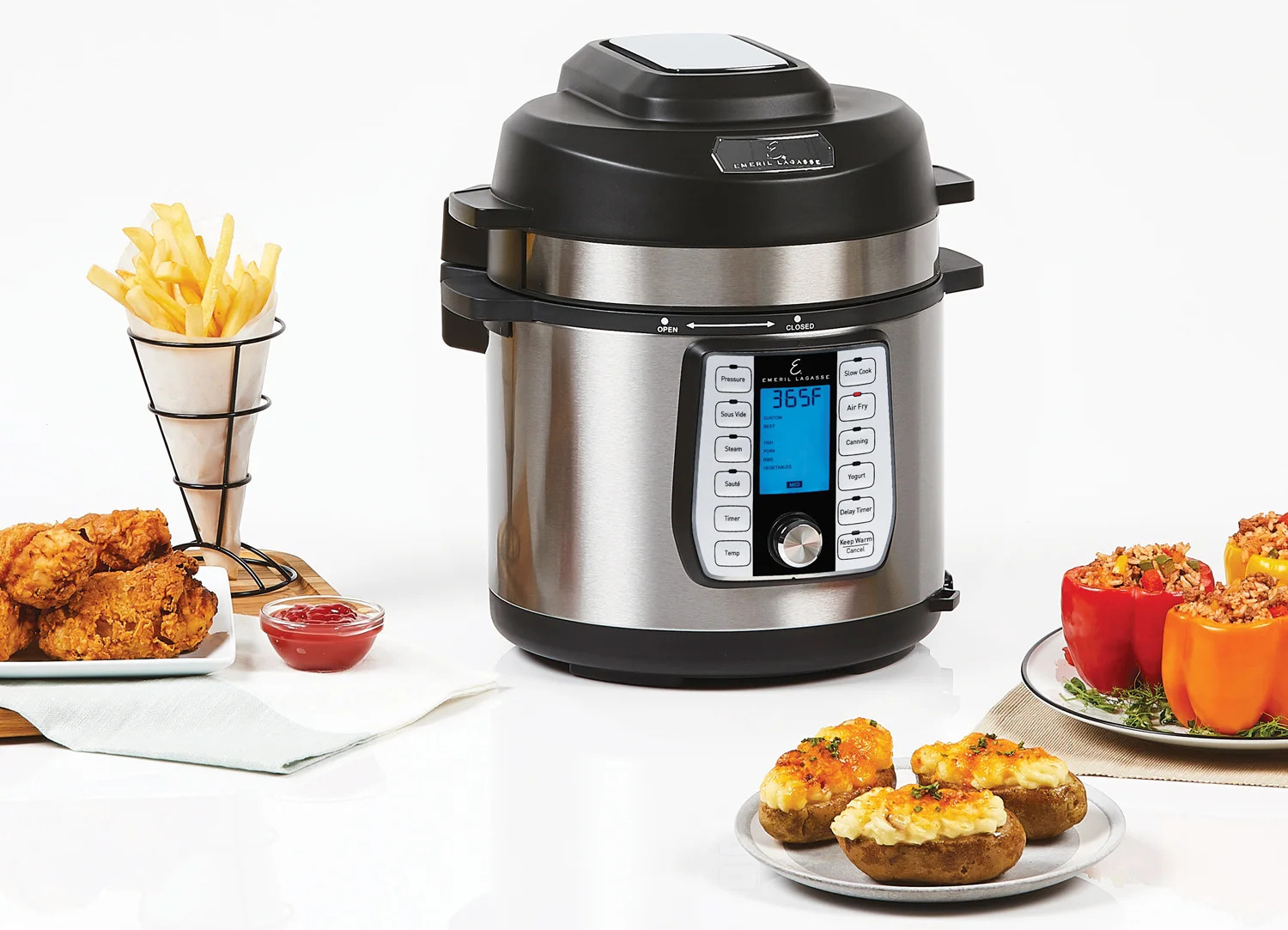
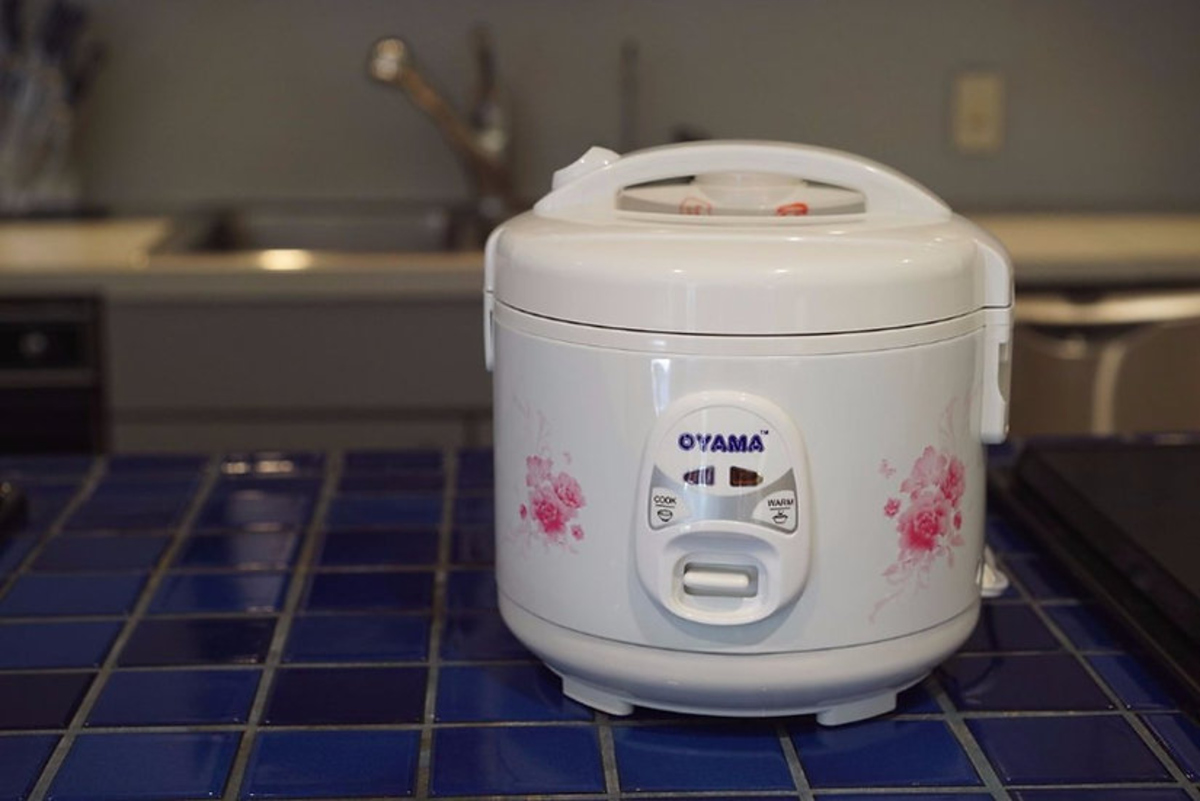
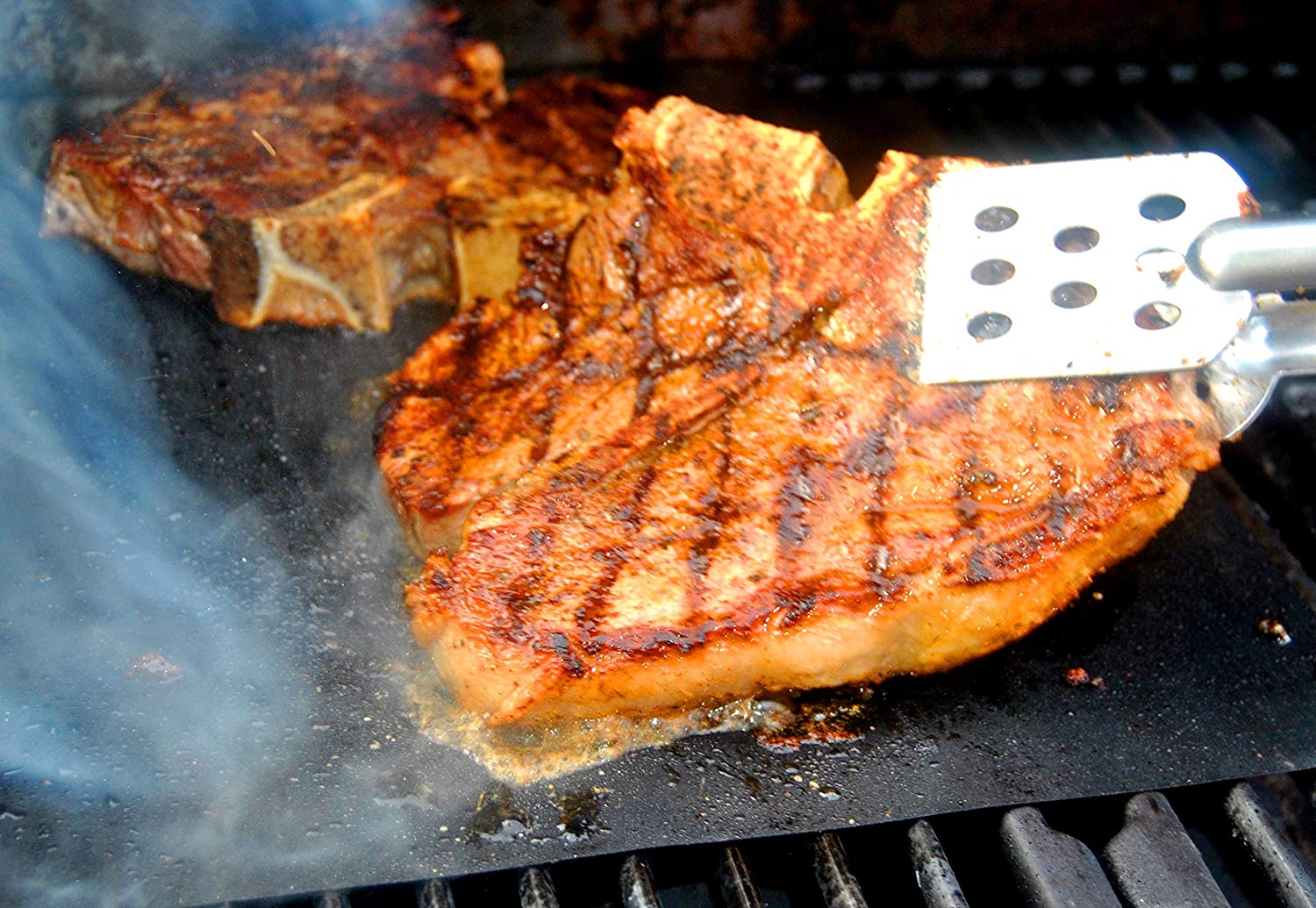
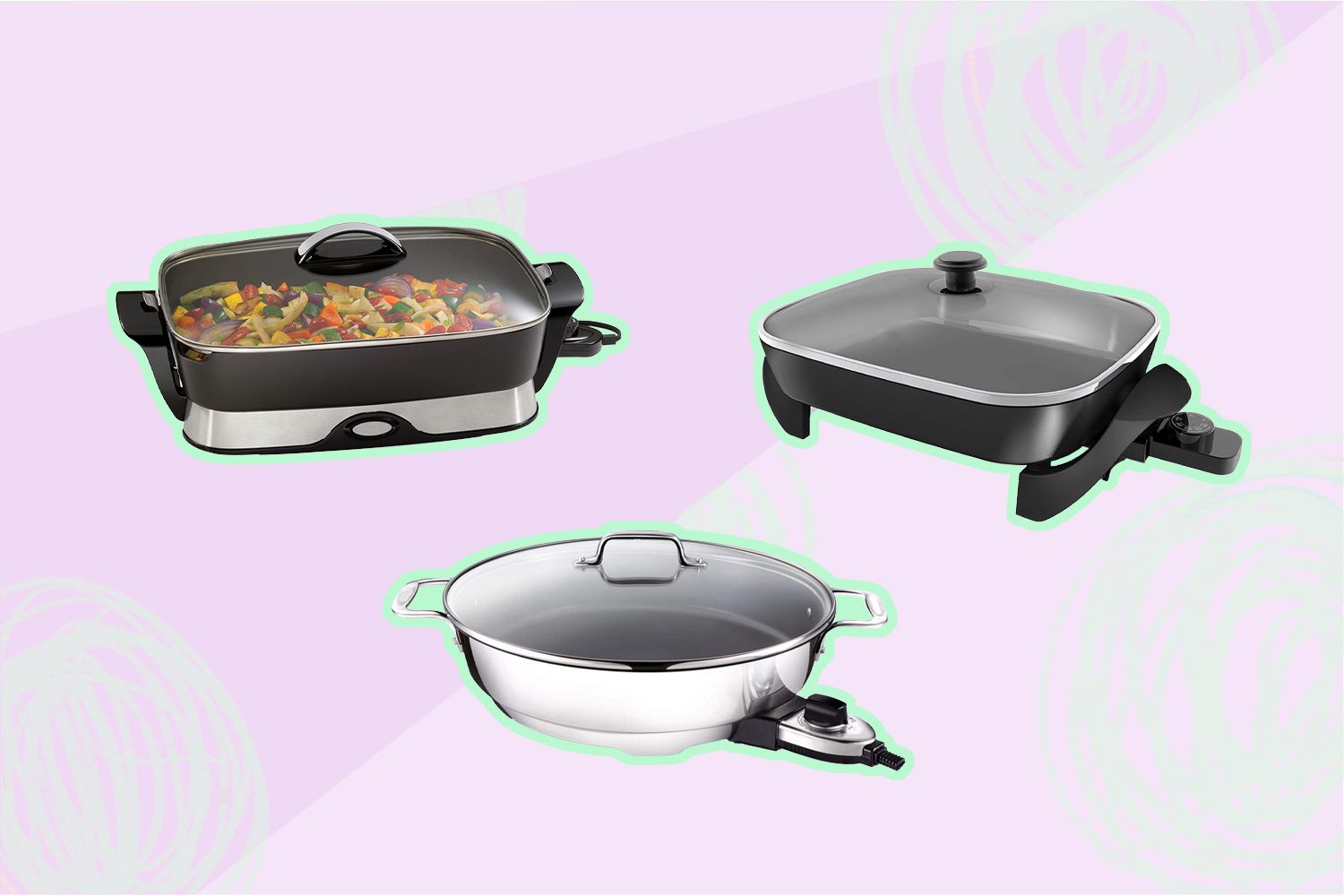
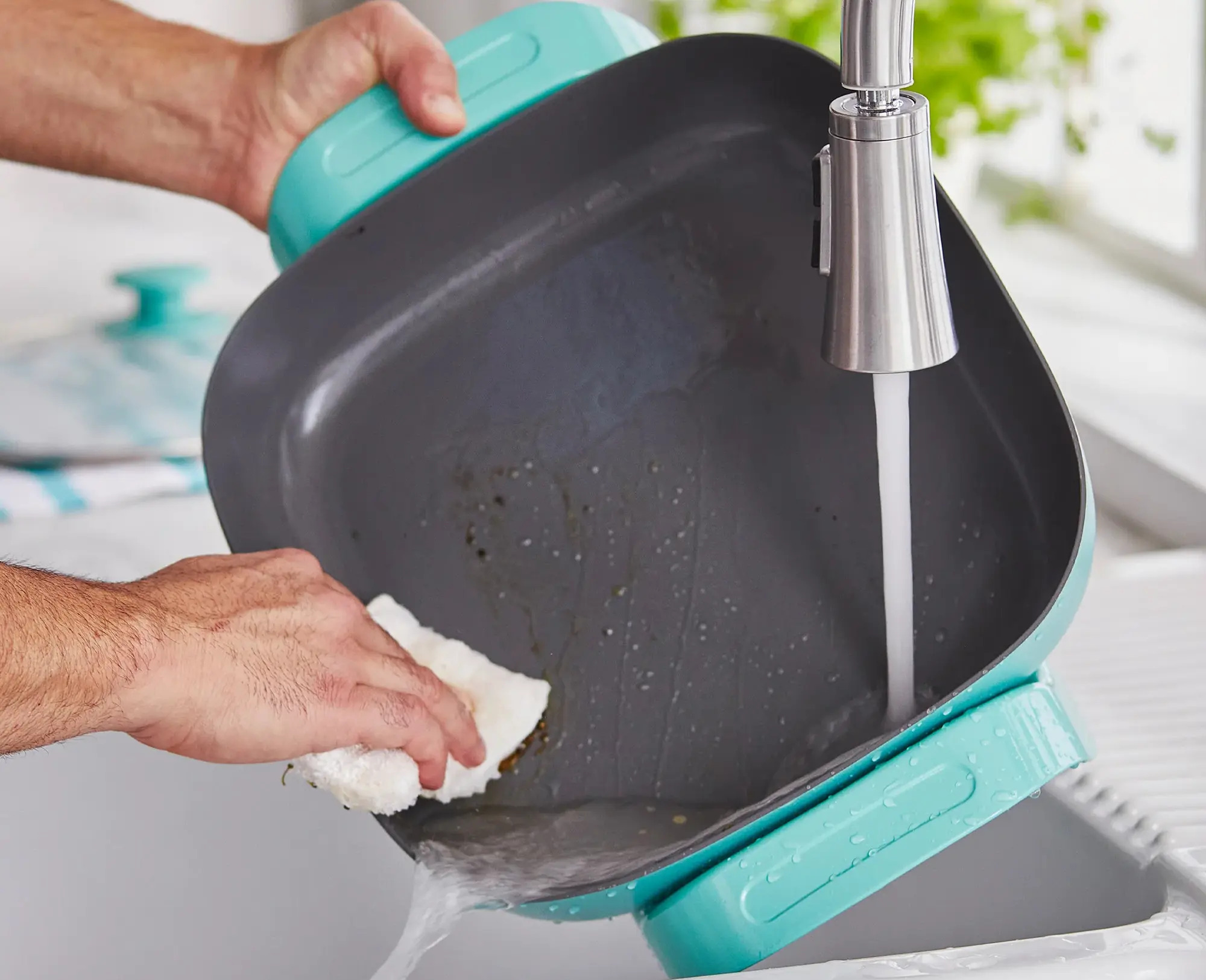
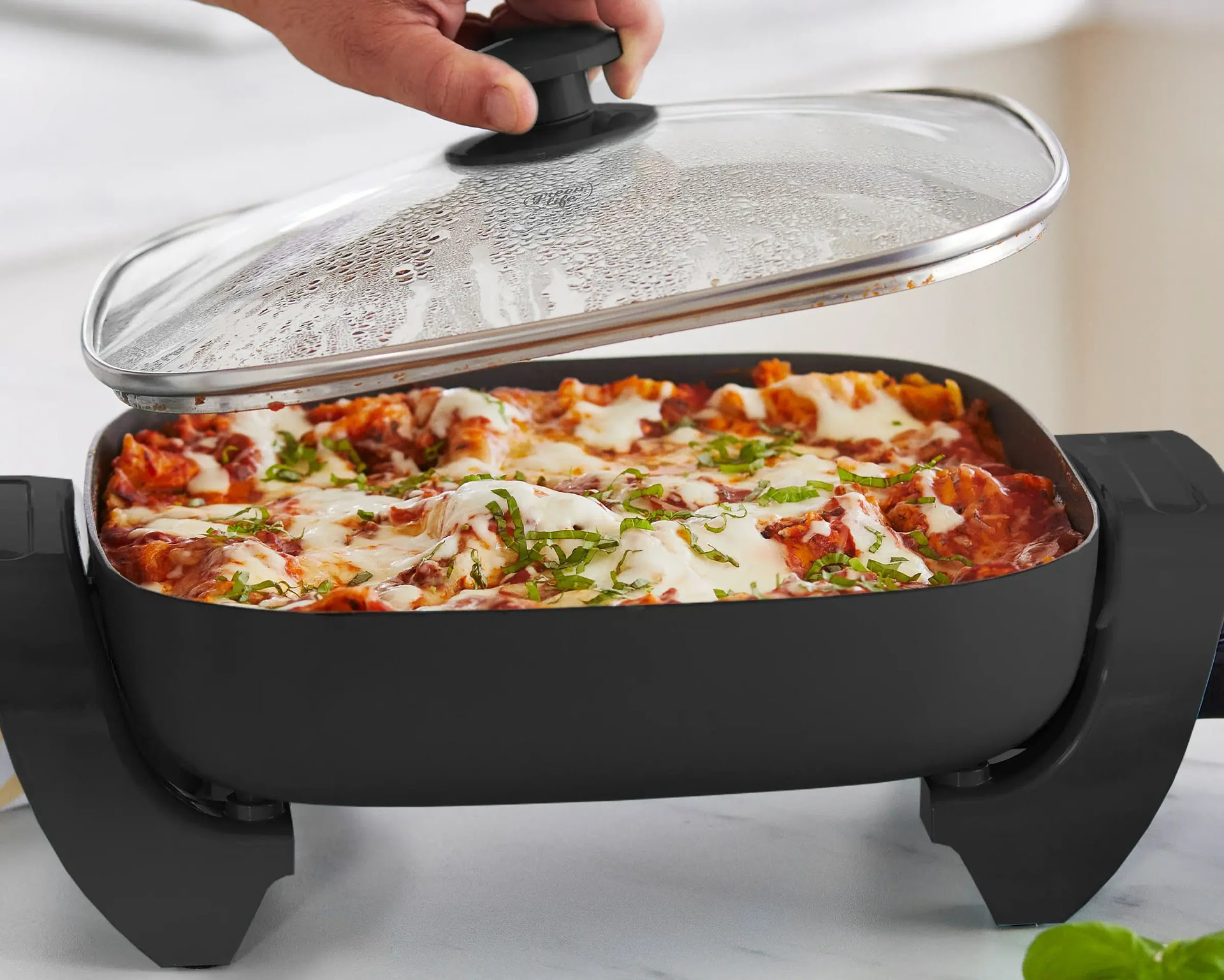
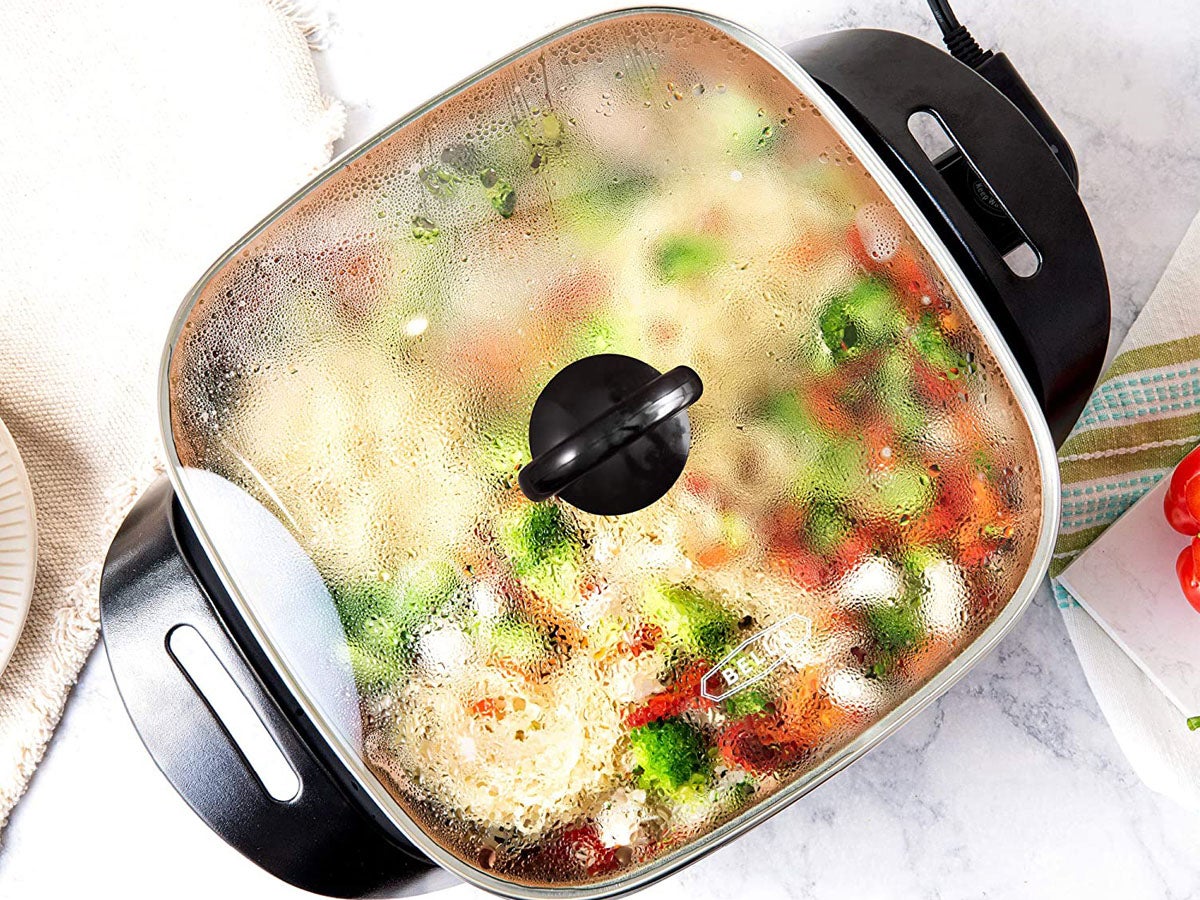
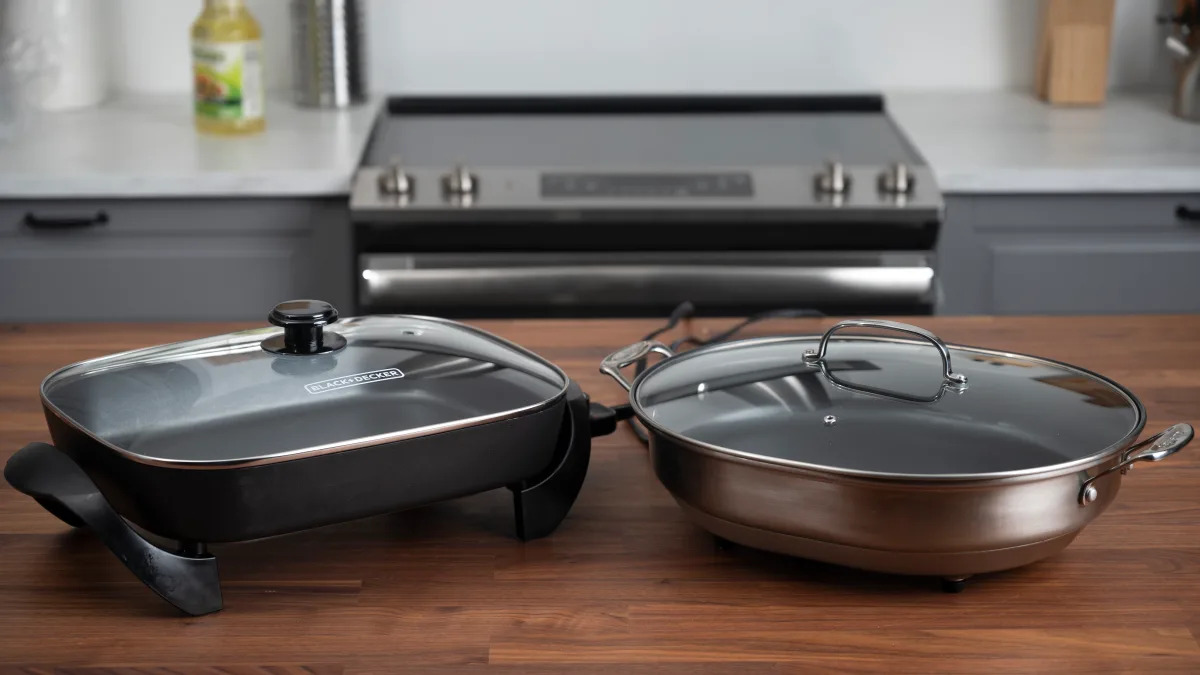
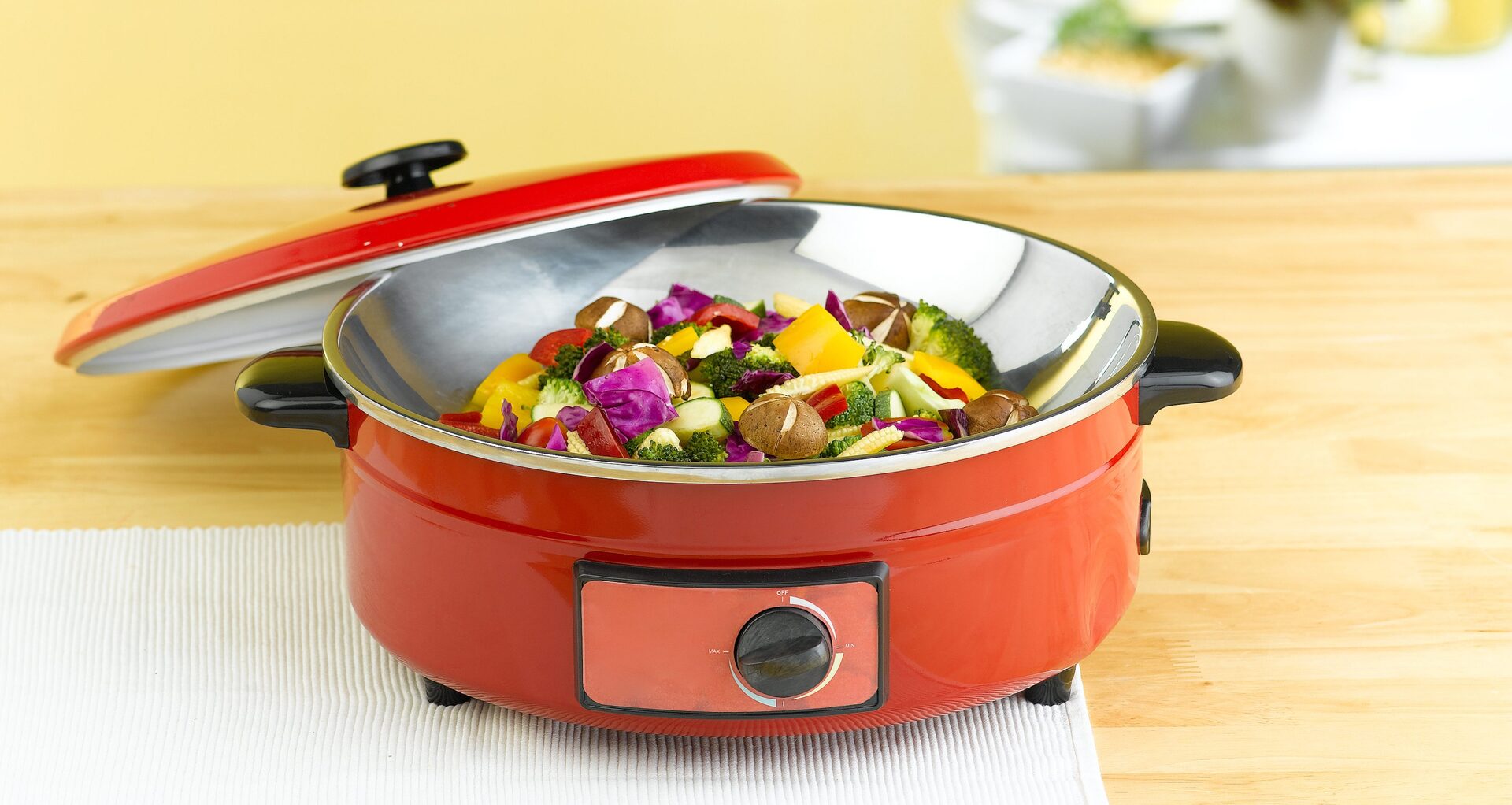
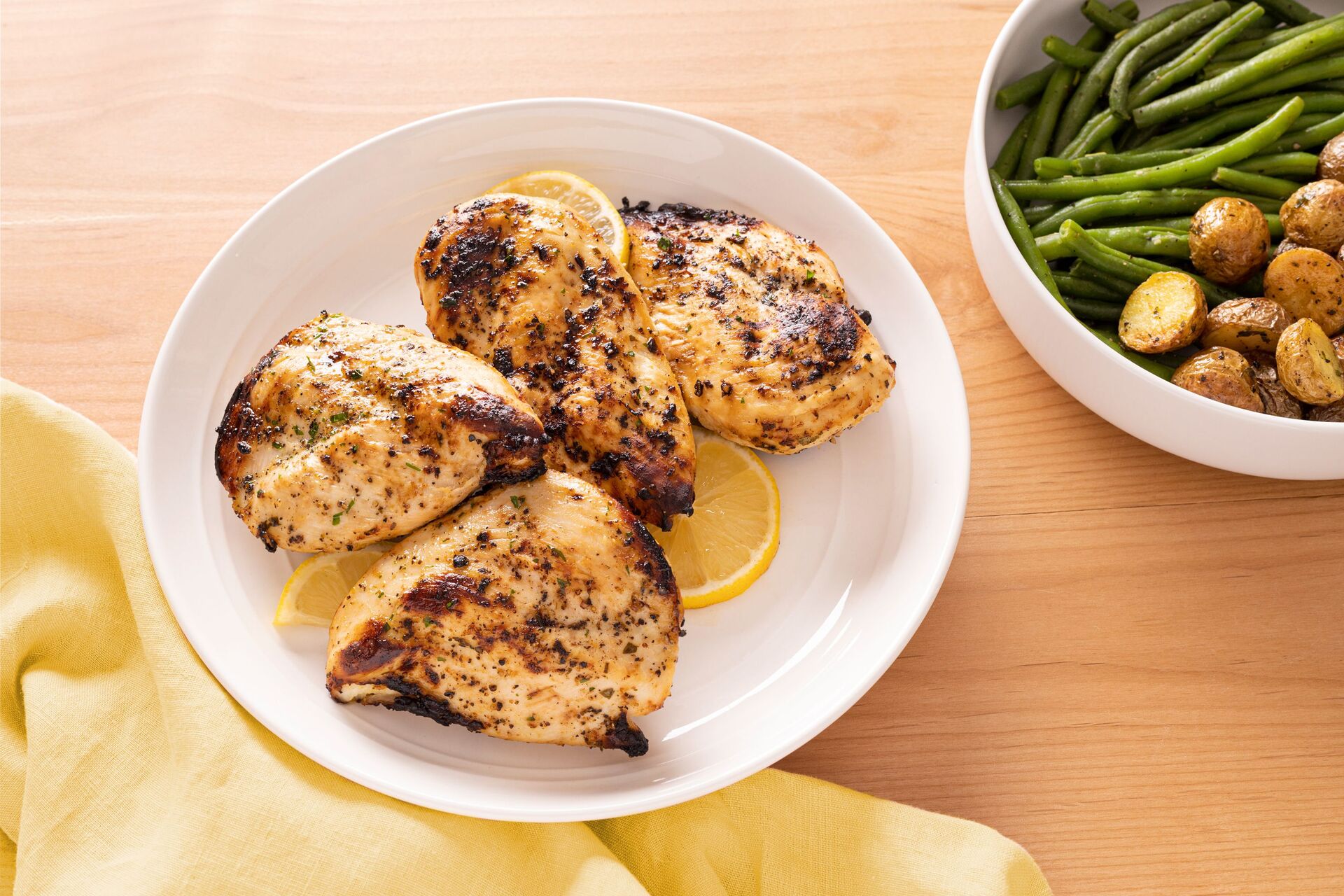
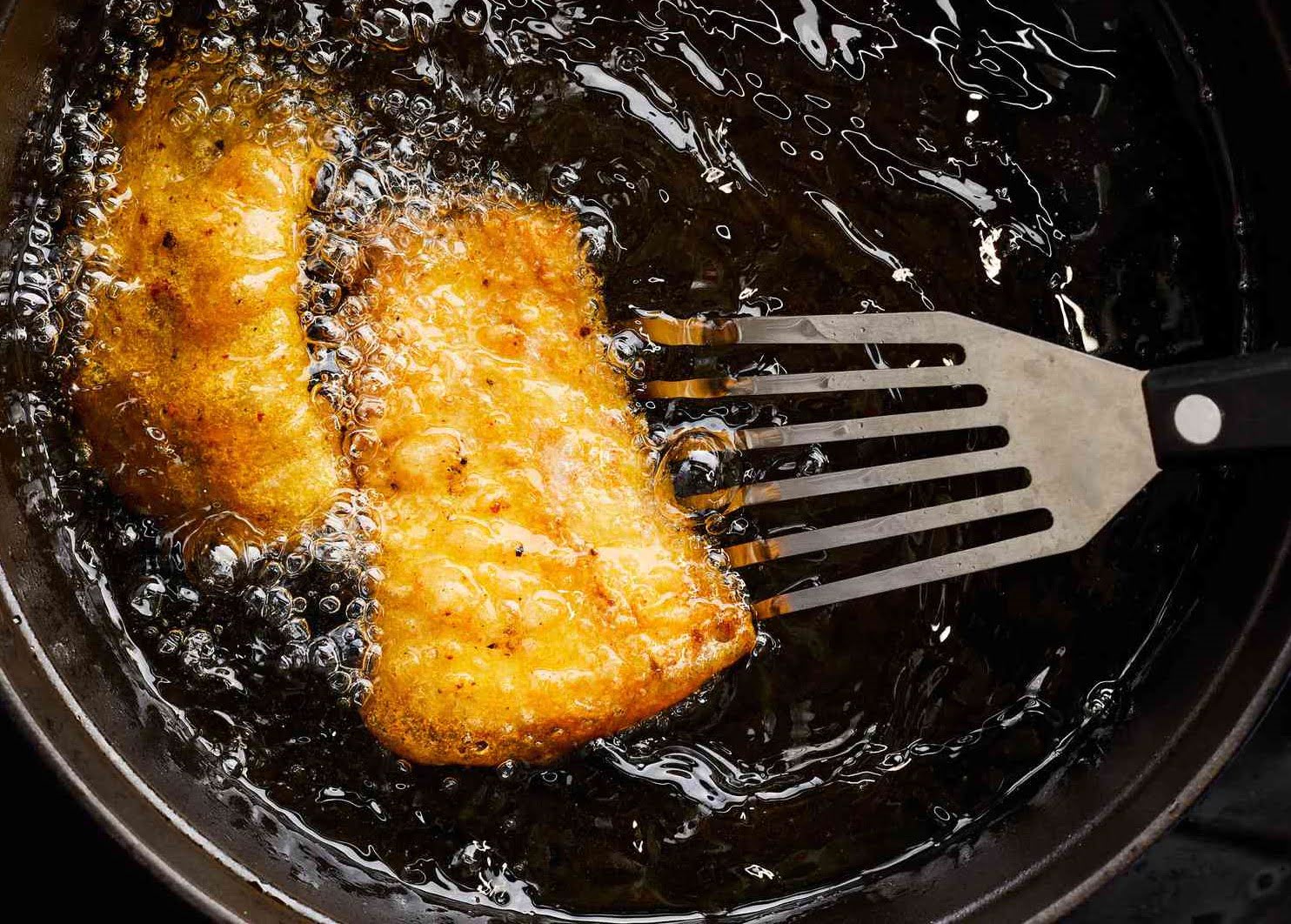

0 thoughts on “How To Season A Non Stick Electric Skillet”